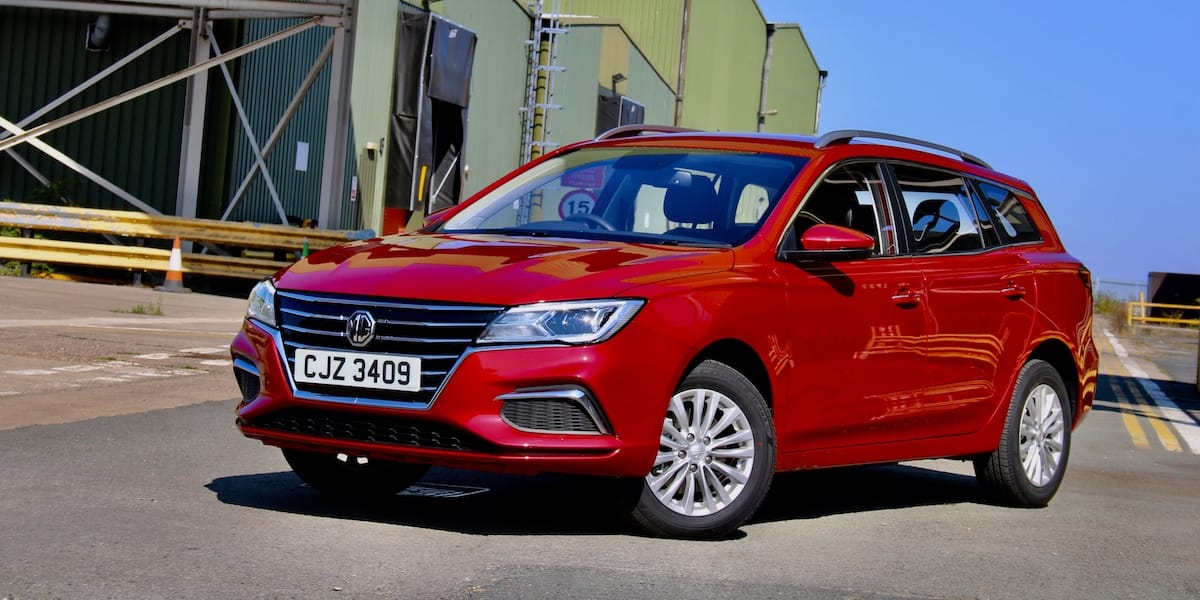New car buyers going smaller, cheaper and greener
The latest new car registrations published yesterday showed yet another month of falling sales, along with the inevitable doom and gloom messages from within the industry. But there are actually at least three positive messages to take from the numbers.
According to data published this week by the Society of Motor Manufacturers and Traders (SMMT), private new car registrations were down 10% in May compared to the same month last year. Combined with fleet registrations being down by 30%, this meant the overall market was down by just over 20% – and a long way down on pre-pandemic levels.
This should come as no surprise to anyone as the 2020/21 theme of Covid shutdowns and the 2021/22 theme of supply chain shortages have now been joined by the 2022 theme of escalating costs of living, all of which are combining to limit new car sales.
However, there are three silver linings to this cloud. New car buyers seem to be going smaller, cheaper and greener – all of which are good things.
Good things come in small packages
Over the last few years, we have seen a gradual shift from regular cars (hatchbacks, saloons, estates) to SUV-style vehicles (regardless of whether or not they have any off-roading ability) which are taller, wider, longer and heavier.
With fuel costs increasing and other costs of living affecting monthly disposable household income, buyers are looking to save money on their cars. And one way to do that is to buy a smaller car, which will almost certainly be cheaper to purchase and cheaper to run.
A great example of this is the Mini hatchback, which has been around in its current form since 2014 and is getting ready to be pensioned off in favour of an all-new model next year. Yet despite a whole host of newer rivals, the Mini is still selling up a storm every month.
While we’re still seeing a shift towards SUV-style cars, there is a downward size shift going on here too as more car manufacturers offer smaller SUV models. A buyer switching from a Ford Fiesta hatchback to a small Ford Puma SUV (which is actually based on the Fiesta anyway) is better than the same buyer jumping into a larger and heavier SUV, while buyers moving from a larger SUV to a smaller SUV is also a good thing.

Cheap kicks are alright
The latest cost-of-living crisis is putting household finances under increasing strain, which means car buyers are looking to reduce their finance payments when choosing their next car. And one of the best ways of doing that is to buy a cheaper car.
In reality, this has been building for a while as cars have been getting more and more expensive. Brands like Dacia and MG have been growing in popularity for several years as buyers look for cheaper options, usually trading down from traditional mainstream brands.
The other good news is that a cheaper car usually means less money borrowed on a PCP to pay for it. Car finance borrowing has been steadily increasing for the last decade, thanks to the explosion of PCP car finance across the UK for both new and used cars. But this nearly caused a serious disaster during the Covid pandemic, forcing the government to introduce a three-month payment holiday mechanism.
We could see another problem emerging in 2022 as rapidly escalating living costs put household finances under a serious squeeze, leading to more car finance defaults. If your personal circumstances go badly during your car finance term, then the less money you’ve borrowed, the less debt you have to clear – which could mean the difference between financial difficulties and bankruptcy.

The green, green cars of home
Each month, an increasing number of car buyers are choosing to put an electric – or at least partially electric – new car on their driveway. It’s surely no coincidence that nine of the ten best-selling cars of 2022 to date (as of the end of May) are available as a regular hybrid, plug-in hybrid or fully electric model. The only exception is the Ford Puma.
Obviously, the shift to electric cars is being encouraged by both carrot and stick. There are still some financial incentives via the government’s plug-in car grant and favourable tax rates for company car drivers, as well as the upcoming 2030 ba
ns on petrol and diesel cars, and ever-increasing taxes on internal combustion cars being able to enter low-emission zones.
Although they’re not the magic bullet that some people believe, electric cars are better for both the overall environment and local air quality, so every increase in EV ownership – particular in urban areas – is welcome.








